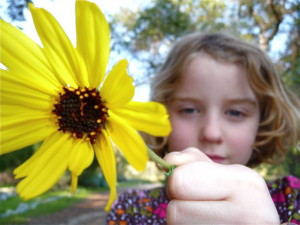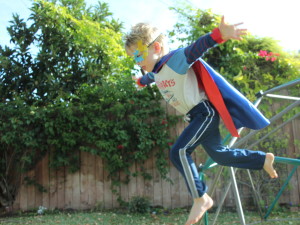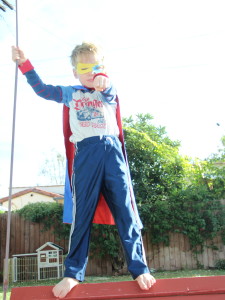
Paul Klee castles are a great way to introduce kids to this wonderful artist.
Materials
- Newsprint paper
- Pastels
- Marker
- Watercolor
Procedure
Introduce the students to Paul Klee. Show the class several examples of his work. Demonstrate how to use shapes to draw a castle. Explain that they will make the outline with black oil pastel and then color in the shapes with watercolor and marker. Have fun!




